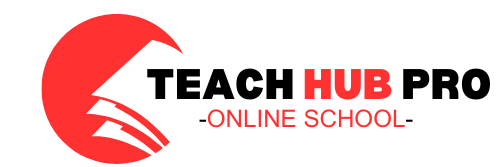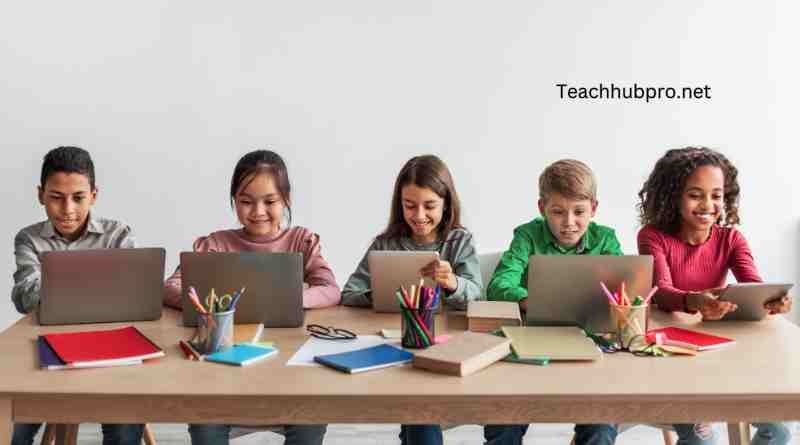Exploring the Latest Social Media Trends for Classroom Integration

Introduction
In today’s digital age, social media has become an integral part of our daily lives, influencing various aspects including communication, entertainment, and education. For educators, leveraging the latest social media trends for classroom can offer exciting opportunities to enhance engagement, foster collaboration, and facilitate learning in innovative ways. In this article, we will delve into the latest social media trends and explore how they can be effectively integrated into classroom settings to create dynamic and interactive learning experiences.
The Rise of Social Media in Education
Over the past decade, social media platforms have gained immense popularity among students and educators alike. From Facebook and Twitter to Instagram and TikTok, these platforms offer diverse channels for communication, content sharing, and community building. Recognizing the potential of social media in education, educators have begun to explore creative ways to incorporate these platforms into their teaching practices.
Benefits of Integrating Social Media in the Classroom
Integrating social media into the classroom environment can yield numerous benefits for both students and educators. One of the key advantages is enhanced engagement. Social media platforms provide interactive features such as polls, quizzes, and discussion forums that can capture students’ attention and encourage active participation. Additionally, social media enables real-time communication and collaboration, allowing students to connect with peers, exchange ideas, and work together on projects regardless of geographical barriers.
Latest Social Media Trends for Classroom Integration
- Short-Form Video Content: Platforms like TikTok and Instagram Reels have surged in popularity, particularly among younger demographics. Educators can harness the power of short-form video content to deliver engaging lessons, demonstrate concepts, and spark discussions. By creating educational videos that align with curriculum objectives, teachers can captivate students’ interest and cater to diverse learning styles.
- Livestreaming: Livestreaming has emerged as a dynamic tool for interactive learning experiences. Educators can host live Q&A sessions, virtual field trips, and guest lectures to enrich classroom discussions and provide real-world insights. Livestreaming also offers flexibility, allowing students to access content anytime, anywhere, and engage with peers and instructors in real time.
- Social Learning Platforms: Dedicated social learning platforms like Edmodo and Schoology are designed specifically for educational purposes. These platforms enable teachers to create virtual classrooms, share resources, assign tasks, and track student progress. By leveraging social learning platforms, educators can facilitate collaborative learning environments and foster a sense of community among students.
- Visual Storytelling: Visual content continues to dominate social media feeds, making platforms like Instagram and Pinterest valuable resources for educators. Teachers can leverage visual storytelling techniques to enhance lesson content, convey complex concepts, and stimulate creativity. Whether through infographics, memes, or interactive presentations, visual storytelling can make learning more accessible and memorable for students.
- Augmented Reality (AR) and Virtual Reality (VR): AR and VR technologies offer immersive learning experiences that transcend traditional classroom boundaries. Educators can use AR apps and VR simulations to bring abstract concepts to life, allowing students to explore virtual environments, conduct experiments, and visualize complex phenomena. By integrating AR and VR into their teaching practices, educators can create multisensory learning opportunities that cater to diverse learning styles and foster deeper understanding.
Challenges and Considerations
While the integration of social media in the classroom presents exciting opportunities, it also comes with challenges and considerations. Privacy concerns, digital literacy issues, and distractions are among the key considerations that educators must address when incorporating social media into their teaching practices. Additionally, it is essential to ensure equitable access to technology and promote responsible digital citizenship among students.
Conclusion
As social media continues to evolve, so too do the opportunities for its integration in the classroom. By staying abreast of the latest trends and leveraging innovative technologies, educators can create dynamic and engaging learning environments that inspire curiosity, foster collaboration, and empower students to thrive in the digital age. The exploration of the latest social media trends for classroom integration opens doors to endless possibilities for transformative teaching and learning experiences.
In conclusion, the integration of the latest social media trends in the classroom holds immense potential to revolutionize education and enhance student engagement and learning outcomes. By embracing these trends and leveraging them effectively, educators can create dynamic and interactive learning environments that prepare students for success in an increasingly digital world.
VISIT ALSO: read



